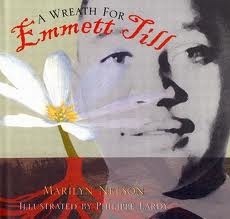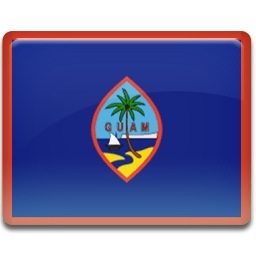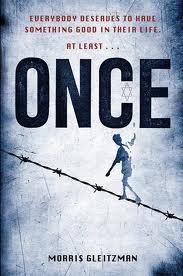by Yuri Wellington, Ph.D.; Executive Director, Teach Cambodia, Inc.; Professor and Director, Cambodia International Pedagogical Institute
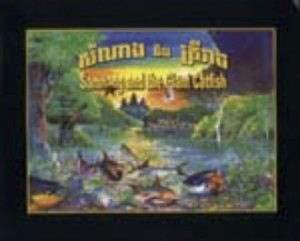 I recently read an article that described Cambodia’s literary traditions as “rising from the ashes.” In a country where nearly every author, teacher and intellectual was killed or driven out, literary traditions and genres are literally being recreated. Thus, the landscape of resources for children’ literature is very different from what we’ve come to expect in the USA, or in many other westernized countries. There are no “children’s” book authors or illustrators. Continue reading
I recently read an article that described Cambodia’s literary traditions as “rising from the ashes.” In a country where nearly every author, teacher and intellectual was killed or driven out, literary traditions and genres are literally being recreated. Thus, the landscape of resources for children’ literature is very different from what we’ve come to expect in the USA, or in many other westernized countries. There are no “children’s” book authors or illustrators. Continue reading


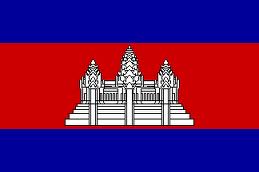
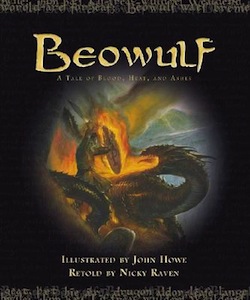
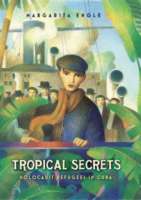 Those who are familiar with the vast range of contemporary novels published today are aware of the diversity of topics, characters, and events that make these books significant and appealing to readers. However, as with the realm of picture books, many readers, adolescents and young adults, are not aware of the powerful contents of these books, and educators working with this population are often even less informed, or their perception is that YA literature is a bridge to the more difficult pieces traditional literature.
Those who are familiar with the vast range of contemporary novels published today are aware of the diversity of topics, characters, and events that make these books significant and appealing to readers. However, as with the realm of picture books, many readers, adolescents and young adults, are not aware of the powerful contents of these books, and educators working with this population are often even less informed, or their perception is that YA literature is a bridge to the more difficult pieces traditional literature. 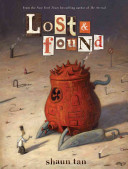 Picture books have been defined over the past few decades with great integrity and attention to the complex interaction that occurs for the reader through the visual aspects of such books—text, illustrations, total design; a commercial product; a social, cultural, historical document (Bader, 1976). Still, when secondary teachers are approached about using picture books in the classroom, many somewhat shun the idea or act surprised that anyone could think this a valid curricular resource for older students. A small number attest to the fact that picture books hold significant experiences for older readers and these teachers can share numerous reasons why picture books play an important role in their instruction.
Picture books have been defined over the past few decades with great integrity and attention to the complex interaction that occurs for the reader through the visual aspects of such books—text, illustrations, total design; a commercial product; a social, cultural, historical document (Bader, 1976). Still, when secondary teachers are approached about using picture books in the classroom, many somewhat shun the idea or act surprised that anyone could think this a valid curricular resource for older students. A small number attest to the fact that picture books hold significant experiences for older readers and these teachers can share numerous reasons why picture books play an important role in their instruction. 